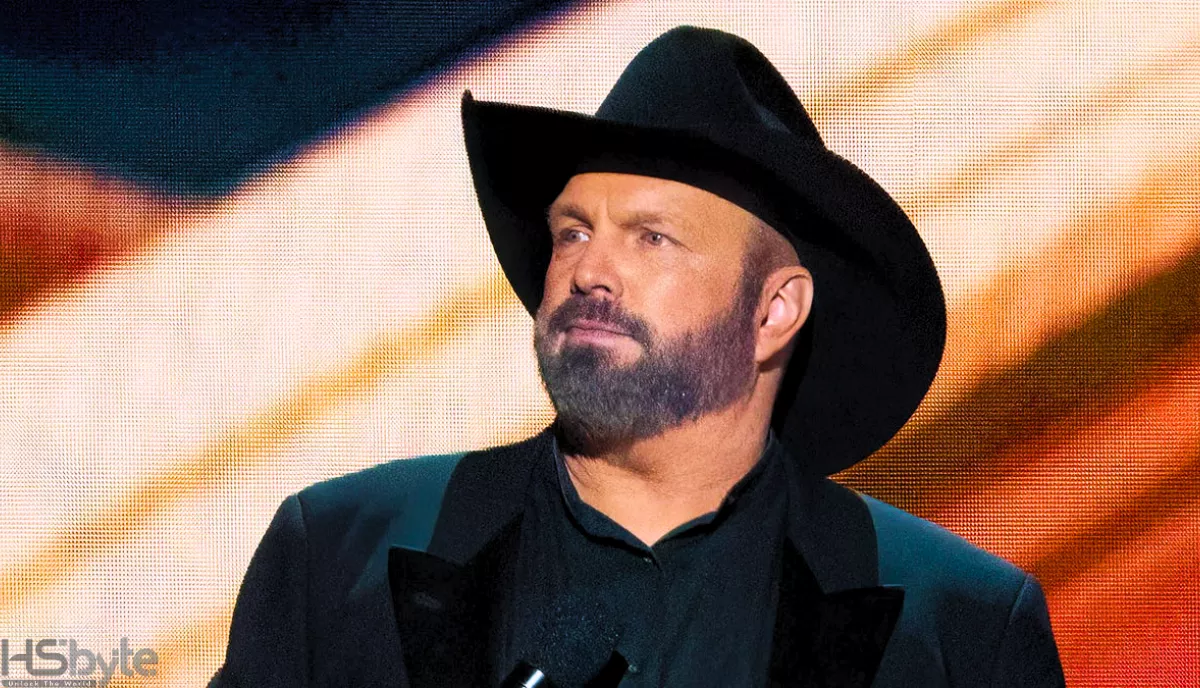
- Category: Culture

- Share
On October 1, 1989, Denmark became the first country to legally recognize same-sex partnerships, marking a historic milestone in the global fight for equality. This groundbreaking moment saw 11 couples gather at Copenhagen’s city hall to enter into civil unions, forever altering the way society viewed marriage equality.
At the time, this was a bold and unprecedented move. Denmark’s parliament passed a law allowing registered same-sex partnerships in May 1989, paving the way for the October ceremonies. Although these unions didn’t carry all the rights of traditional marriages, they signified a monumental step toward acceptance and recognition for the LGBTQ+ community.
Among the first to sign the partnership agreement were Axel and Eigil Axgil. Lifelong advocates for gay rights, they had been together for 41 years. Their dedication to equality began in 1948 when they founded the Danish Gay and Lesbian Association, pushing for societal change. The Axgils, like others, had endured years of prejudice, but this moment validated their love and commitment.

Another couple, Lutheran minister Ivan Larsen and psychologist Ove Carlsen, were also among the pioneers. Ivan expressed his joy in finally being able to celebrate their love like any other couple, stating, “It feels like marriage, a union blessed by God.”
Although these civil partnerships granted many rights, they came with limitations. For instance, same-sex couples couldn’t adopt children, and the unions weren’t recognized in churches. Yet, for Ivan Larsen, their partnership was just as sacred as a traditional Christian marriage, a sentiment he proudly shared with the world.
This monumental shift didn’t happen in isolation. The 1980s AIDS crisis brought urgency to LGBTQ+ issues, encouraging dialogue between the Danish Gay and Lesbian Association and lawmakers. It allowed many to see the humanity behind the fight for equal rights, breaking down stereotypes and building understanding.
Denmark’s brave decision to introduce same-sex civil unions set a precedent. Northern European countries like Norway, Sweden, and Iceland soon followed, passing similar laws. By 2001, the Netherlands became the first nation to offer full civil marriage rights to gay couples. Over the next decades, countries across the globe, including the UK and the US, would also recognize same-sex unions.
In 2012, Denmark took its commitment to equality even further by legalizing same-sex marriage. Ivan Larsen and Ove Carlsen, who had entered a civil union in 1989, marked the occasion by holding a church blessing of their partnership. Reflecting on this journey, Ivan remarked that same-sex relationships had become so normalized in Denmark that it was “barely worth discussing anymore.”
Denmark’s courage and leadership in recognizing same-sex partnerships paved the way for countless others to follow. What began with a small ceremony in 1989 has grown into a global movement, where marriage equality is now recognized in 36 countries.
You May Also Like


Pioneering Equality: Denmark’s First Same-Sex Civil Unions

Naomi Campbell Charity Ban Sparks Investigation Into Fund Misuse

Coldplay Breaks Taylor Swift’s Wembley Record with 2025 Tour

Netflix Menendez Brothers Drama: A Controversial Story

Wuthering Heights Film Casting: Controversy Sparks Debate
Latest Update

Zelensky Biden Meeting Ignites Republican Outrage Amid Aid Talks

Wuthering Heights Film Casting: Controversy Sparks Debate

Will the US Presidential Election Shape the Future of Crypto?

War with Russia: Zelensky Sees Hope for Peace

Unpacking the ‘Dark Arts’ in Manchester City vs Arsenal Showdown

UNIFIL Post Breached: Israeli Tanks Escalate Tensions

Trent Alexander-Arnold Free-Kick Stuns Finland

